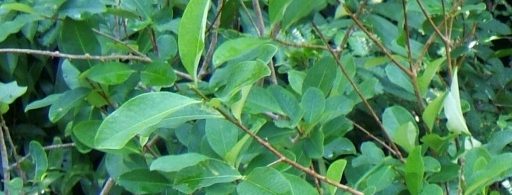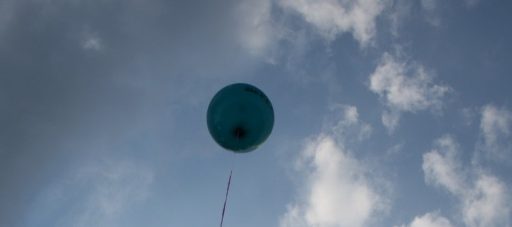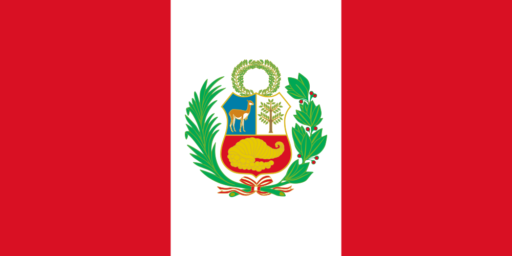Coca’s Continual Comeback: This Time, Peru
Via the LAT: Peru sees cocaine making a comeback
Peru’s cocaine industry, the world’s largest and most violent in the late 1980s and early 1990s, is again on the upswing. Plots of coca bushes, whose leaves yield cocaine, have increased by about one-third since 1999, to about 127,000 acres, according to Peruvian and United Nations estimates.
And this time, the traffickers may be more difficult to combat because the flashy kingpins from Colombia have been replaced by a piecemeal network, a sort of gold rush of international entrepreneurs.
Production is still well below the record highs of the early 1990s, and neighboring Colombia has surpassed Peru as the global cocaine leader, supplying 90% of the U.S. market, according to the State Department. Moreover, President Alan Garcia is a staunch foe of the drug.
[…]
But Peru, the world’s No. 2 supplier, feeds a booming demand in Brazil, Europe, East Asia and as far away as Australia, authorities say. The density of coca plantings has doubled in some cases, experts say, and the fertilizer-nourished leaf now yields a greater proportion of cocaine alkaloid, the active ingredient in cocaine.
And the basic narrative on coca production continues:
During the 1990s, U.S.-backed enforcement efforts chased much of the coca trade to Colombia. Now, some say, the wheel is turning: Pressure in Colombia is shifting production here.
The new twist (although not as new as the story makes it out to be) is that instead of large drug organization like the Medellin or Cali cartels being the main managerial components of the trade, there are now a large number of small, basically independent operators who much be combated.
Of course, the basic story will remain the same: as long as there are a mounds of money to be made trafficking in cocaine, the US government can spend as much as it likes trying to stop it, the effort will be in vain. So instead of actually diminishing the amount of coca under cultivation, all the US essentially does is move the cultivation around (even incentivizing cultivators to grow in new areas).





This is and has been the ‘new’ and more capitalist mode of operation in Columbia and elsewhere. In addition to more, smaller operators; the new operations are more specialized. The people who cultivate the coca leaf, process it to coca paste, to cocaine base, to cocaine hydrochloride, move it, and provide protection often operate independently.
The people of Bolivia, Columbia, and Peru need viable economic opportunities other than coca or any drop in production will be temporary.